When you’re deciding your next vacation destination, it’s unlikely that Iraq will be top of your list.
The Middle Eastern country has long been synonymous with conflict or turmoil – and the idea of wandering Baghdad snapping photos seems pretty far fetched.
But Norwegian photographer Christian Lindgren did just that – jetting off to Iraq for an unconventional holiday, touring the country’s historical sights, meeting locals and trying out great food.
Lindgren photographed the experience and shared the snaps on his social media and website. He hopes people will see the images and rethink their view of Iraq.
“People can actually see that the country is moving forward,” he tells CNN Travel. “The situation is getting a lot better these days, because what you see in the media is just the bad side of the country.”
Complex process
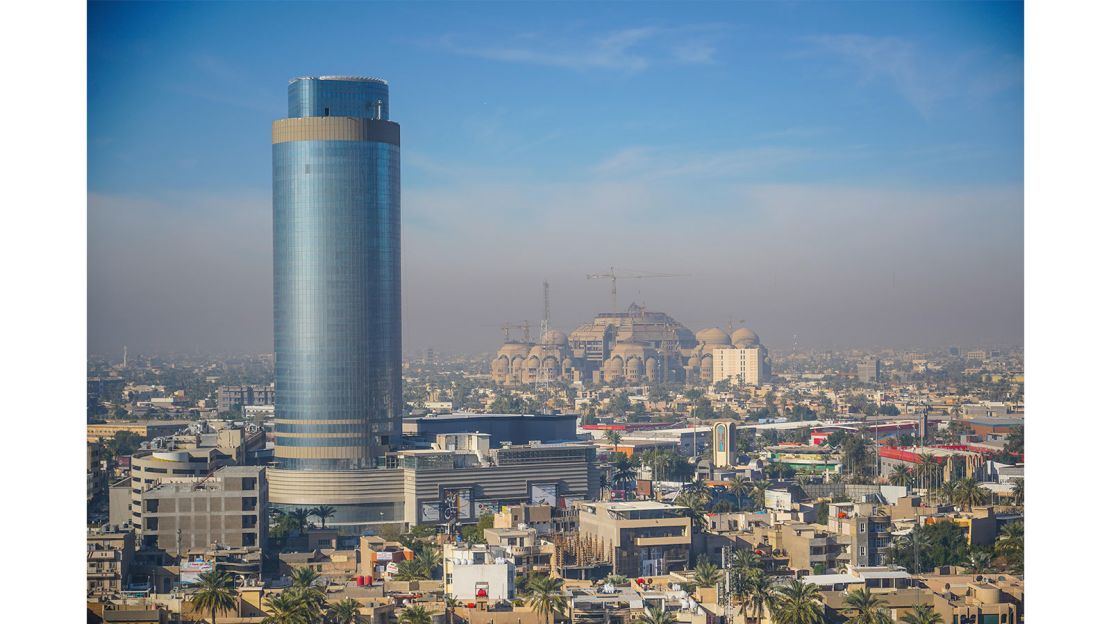
Of course, it’s not as easy as just hopping on a plane to Baghdad and hoping for the best.
Visitors from many countries need to apply for a visa, and the process is complex.
But Lindgren was used to navigating this kind of bureaucracy. Iraq’s not the first unconventional place he’s visited.
The pharmaceutical worker spends all his free time on the road.
“I tend to travel to the most untouristy destinations around the world,” he says. “I’ve been to so many touristy and famous places around the world, I’d just [become] fed up with the crowds, the disappointment, standing in queues and all the rubbish and garbage that people leave behind.”
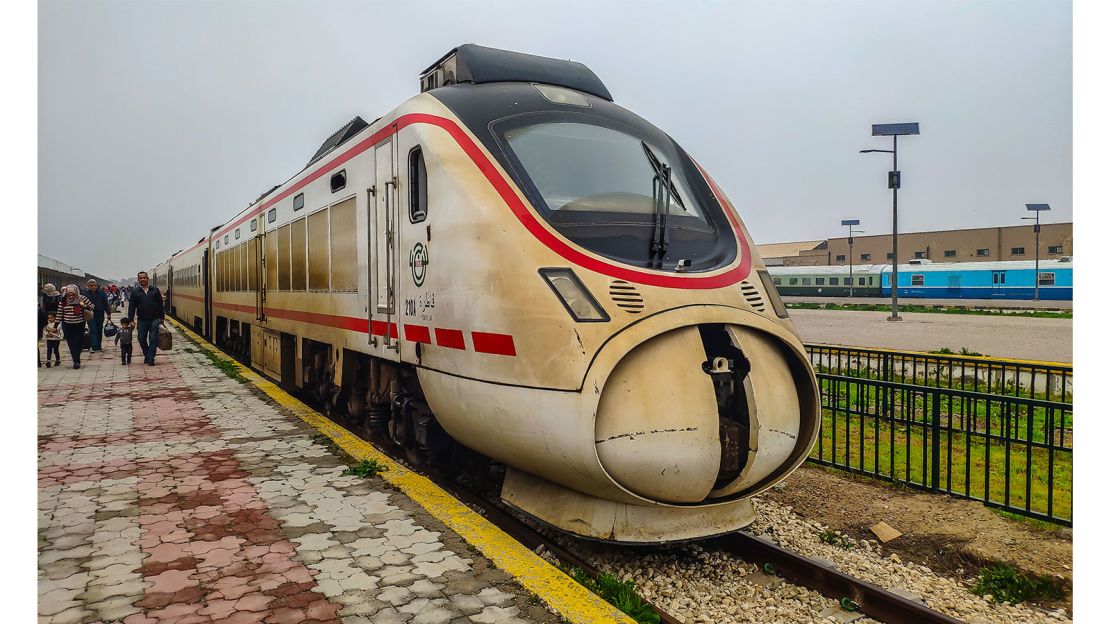
Lindgren’s spent time in Syria and navigated North Korea – and recorded it all online. His website, Unusual Traveler, offers tips and tricks on how to visit slightly more “off-the-map” spots.
Iraq was on his must-visit list for some time, but he says traveling to unconventional spots means being prepared to change plans at the last minute.
“I’ve been to all the surrounding countries,” Lindgren adds. “So I know the history pretty well and I’ve always wanted to go, but the situation hasn’t been good enough to visit it before now.”
And as for the visa process, it’s got several stages.
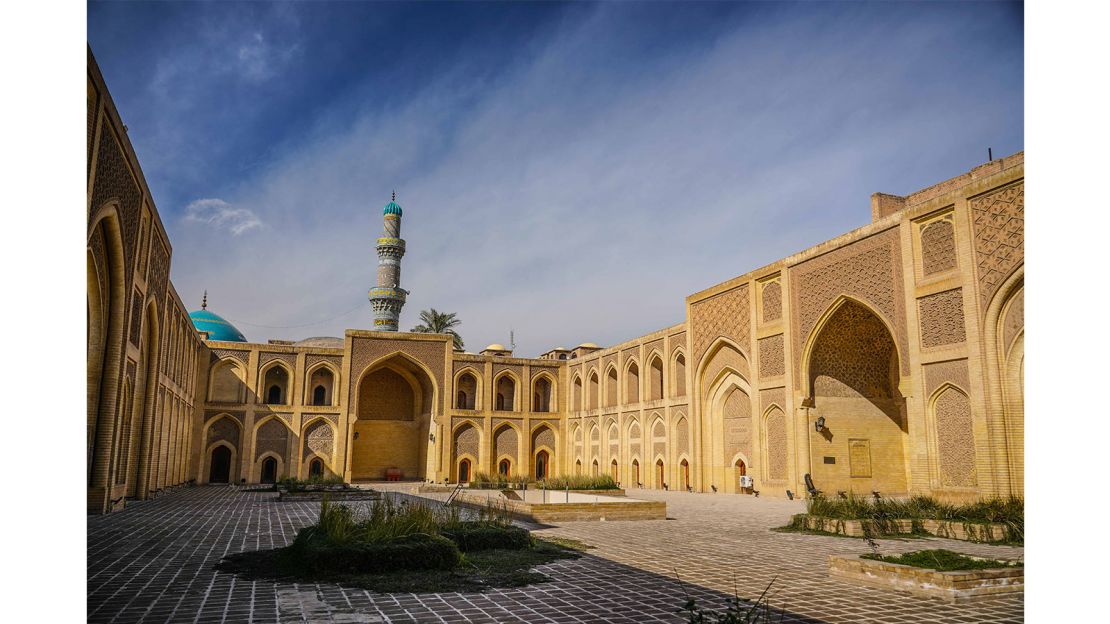
“It’s probably one of the most difficult tourist visas you can get in the world at the moment,” says Lindgren.
The photographer explains that he needed to find a well-connected local contact who could hand his application over to the Ministry of Foreign Affairs in Baghdad.
“And then they will check your background and if you have a good reason to visit – and that takes up to three or four months to get it approved.”
Lindgren is friends with some Iraqi refugees back home in Norway who pointed him in the right direction. He also got in contact with locals via couch-surfing websites.
Inside Iraq
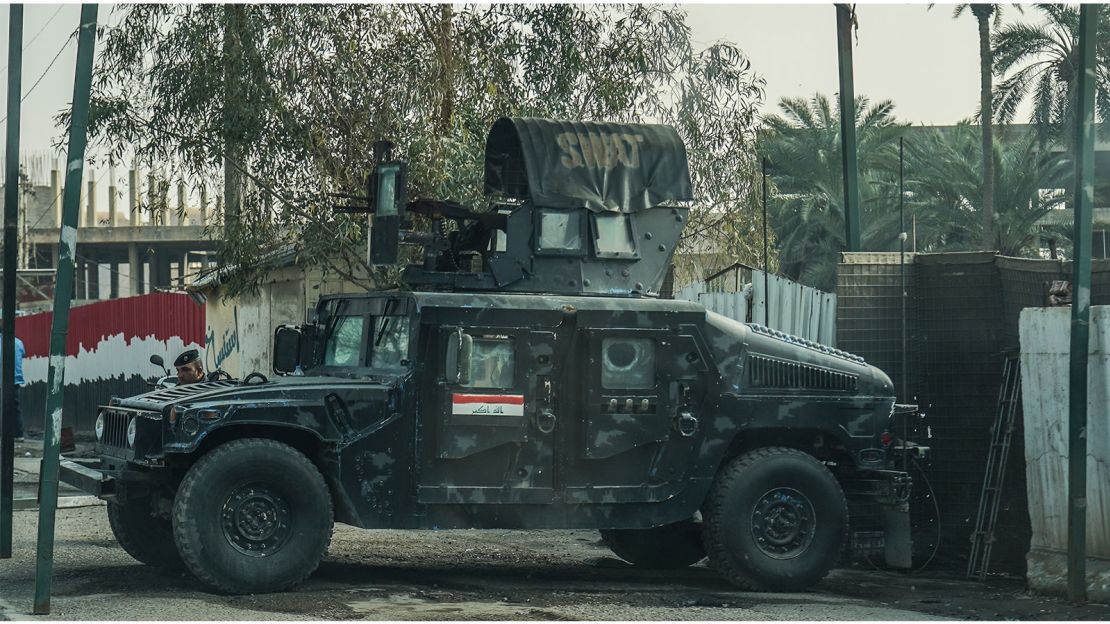
But once in Iraq, he wasn’t allowed to stay on anyone’s sofa.
“When you go to Iraq, you’re required to have a government licensed guide, all the time,” he says. “You can walk around the cities on your own, but you have to have a guide to go between cities – and you also have to stay in official hotels. It’s very strict actually.”
So how did these logistics impact on Lindgren’s ability to take photos? Surprisingly, he says, not at all.
“I actually had no restriction at all taking photos in Iraq. No restriction of military, no restrictions of any historical places.”
Locals, he says, were welcoming and more than happy to post for photos. Even soldiers were keen.
“I have a picture of a soldier in Samarra and he was really posing – that’s a picture I’m really happy with, because I wasn’t expecting that at all. That’s one of the really high secure places in the country.”
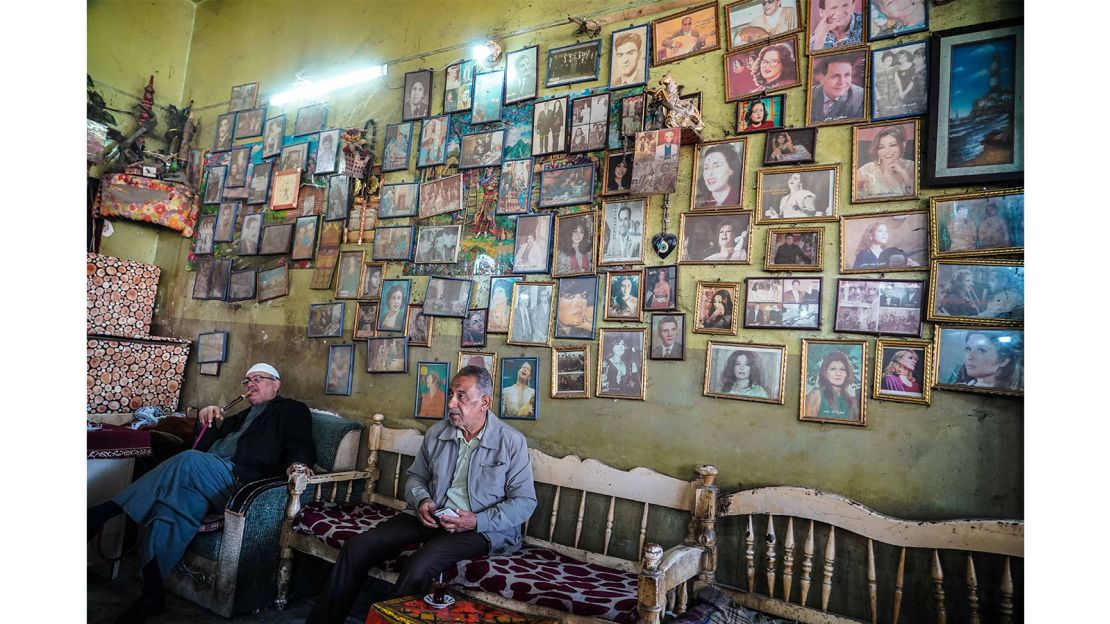
While people Lindgren encountered were welcoming, he says they were also pretty taken aback.
“Everyone was surprised, even at the immigration at the airport, the woman was surprised to see a tourist visa,” he recalls. “It was like the fifth, the sixth she’s ever seen.”
Lindgren says his expectations of what daily life in Iraq would be like were far from the reality.
What was the biggest shock?
“How liberal it actually was, and how laid back. I was expecting… there’s a lot of security – like military security guards on every street corner – but life goes on. All the restaurants, the coffee shops were completely full of life,” Lindgren says.
“Even during late evening, down the streets in Baghdad, people were super friendly, asking me for tea and coffee inviting me for their dinners. I just wasn’t expecting it to be so free, in a way, you can even go to like shops and buy alcohol, public shops in Baghdad.”
Lindgren’s photographs depict Baghdad as vibrant, historical and cultured.
He snapped shots of a Ferris wheel in Baghdad’s Al Zawra’a Dream Park, inside the rebuilt Baghdad zoo.
He took photographs inside traditional tea houses, where locals gather to chat and unwind, and captured the atmosphere of bustling Baghdad markets.
There were armored cars everywhere, Lindgren says, but he acknowledges that he’s used to this as he’s experienced at visiting high-security spots.
“I’ve been going to places where the locals will tell you: ‘Don’t go to this area it’s not safe, stay away’ and that happened in Iraq as well. But in general – in the whole trip to Iraq, I didn’t have any safety concerns. I never felt unsafe at all.”
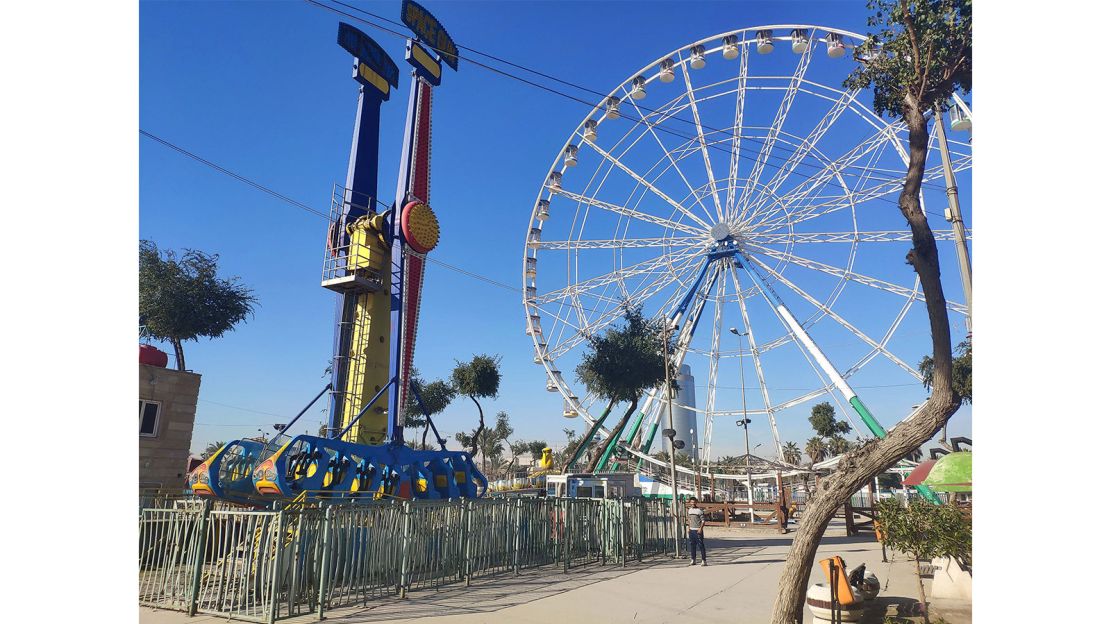
The photographer also headed to the ancient capital of Ctesiphon, the last Persian capital in Iraq.
He also boarded the train from Basra, in southern Iraq, to Baghdad – a line opened in 2014.
Lindgren concedes it’s easier for him to travel around as a man. “You always get around much easier, you don’t get that much hassle,” he says. But on his trip to Iraq, he was accompanied by two female friends.
“They didn’t have any problems at all either.”
“Not just war anymore”
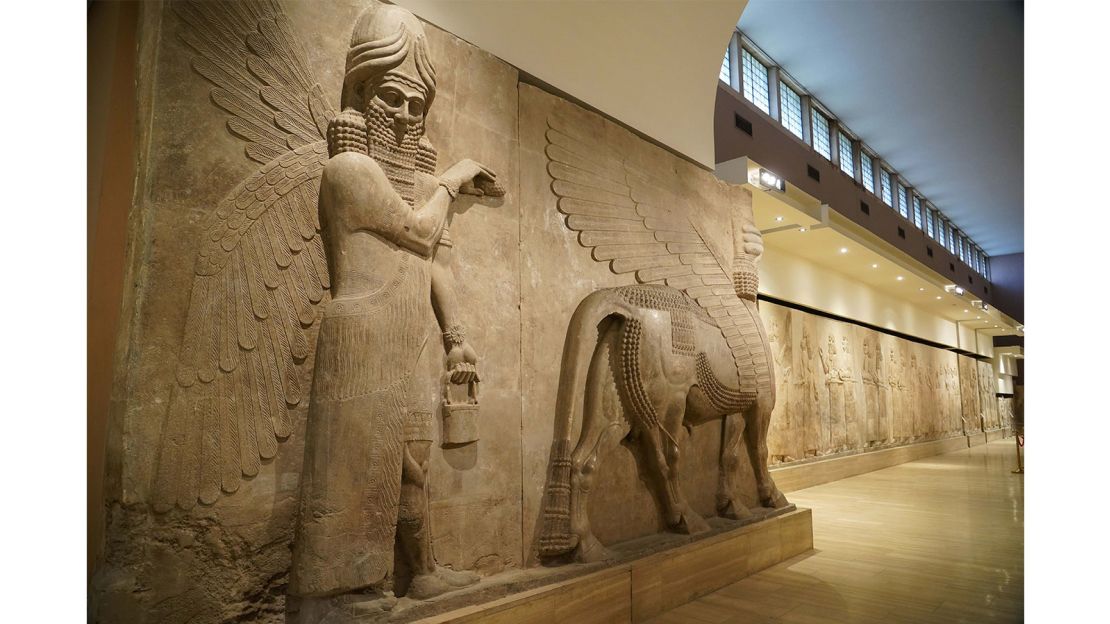
Many countries actively discourage their citizens from visiting Iraq. Since the 2003 US-led invasion that toppled Saddam Hussein, the country has struggled with violence that in 2014-17 escalated into a civil war against the ISIS terror group.
The US State Department warns of the risk of “terrorism, kidnapping and armed conflict.”
The Unusual Traveler’s number one piece of advice for vacationers hoping to follow in his footsteps is to do thorough research.
“You need to read up about the security situation a lot – and you have to talk to quite a lot of locals before you go, because even if the media says it’s too dangerous – it’s only the locals that really know the situation.”
Lindgren’s delighted that his photographs have been gaining traction online – including in Iraq.
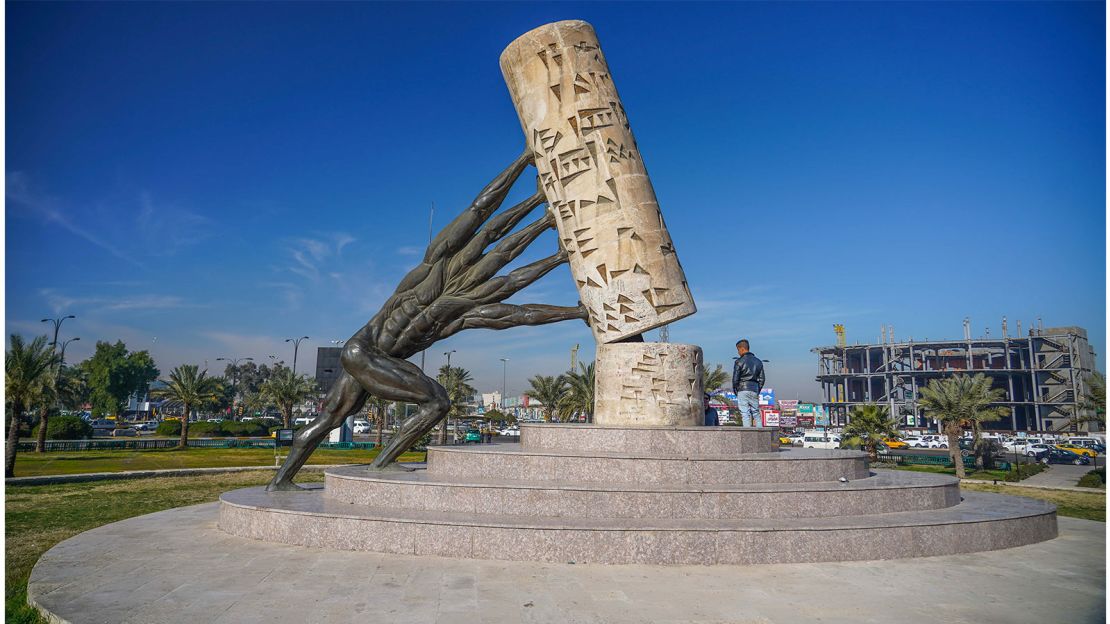
“A lot of Iraqi media has been using them and has been really trying to show off that tourists are actually coming to the country now,” he says.
Lindgren also hopes that seeing his photographs on Instagram or on the blog gives Westerners an insight into a country they only associate with war.
“People are just trying to live a completely normal life and go on with their life. So I hope people can actually see that Iraq is just not war anymore.”



















